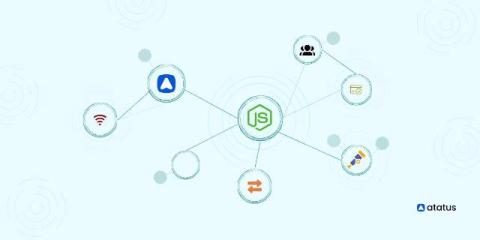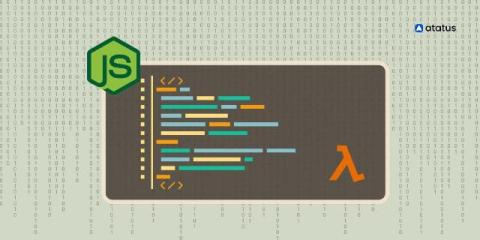MaaS: How to Monitor Node.js App Performance with PM2 & InfluxDB
Are you curious about how your web app is performing? Ever wanted to have real-time insights into your application’s health and optimize its performance for variable workloads to improve performance, hosting-related costs, and user experience?











